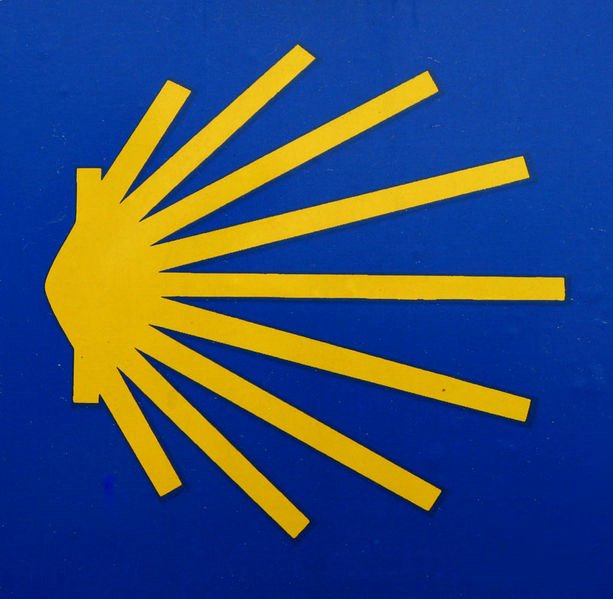Mérida
I´ve been in ancient Rome all day. But let me explain how I got here. Yesterday, the bus ride from Córdoba to Mérida was supposed to take four and a half hours, so leaving at 10:30, I figured to have the evening to begin my tour of the latter. But this is Spain. About two hours out of Córdoba, the bus broke down, and as the replacement didn´t arrive for almost two hours, most of my day was spent looking at the mountains of northeastern Andalusia. I suppose if I had to spend two hours at the side of a road, that was about as nice a spot as I might have chosen. About 20 miles back up the road on a hazy hill sat a fifteenth-century castle that taunted me--I think it wondered how or why I had allowed the bus to pass it by. In fact, we passed several castles on several hills, a couple of crumbling Moorish towers, and an interesting abandoned monastery. I almost jumped off the bus at the town of Mansilla; though small, it had a couple of interesting 15th-century-or-so churches and, yes, a castle on the hill. But my destination was more distant in time.
Mérida was founded late in the first century BCE as the capital of Lusitania--the Roman province of Portugal that also included the modern Spanish state of Extremadura. As a provincial capital, Mérida had all the conventional attributes that made Roman life unique. There are the remains of not one, but two aqueducts--one a towering, three-tiered structure. They draw water from a reservoir that the Romans constructed in order to supply the city--completing a three-mile-long dam across the local river. Other remains are equally impressive in size--of two Roman bridges, one is over 800 meters in length. A forum graced the center of town, and for the devout, a temple to the goddess Diana stood nearby (I´ve always worshipped Dianna). For entertainment, there remain two decks of a three-level colosseum, and the archetype of Roman entertainment--a circus. By ¨circus,¨ I mean a racetrack--think Charleton Heston as Ben Hur and Stephen Boyd as Messala whipping each other. This was grand--a great, elongated oval longer than a football field. Most impressively, there was an almost intact Roman theater. Originally comissioned in 17 BCE by the Consul Agrippa (does the name make you think of Inigo Montoya telling Wesley in The Princess Bride, ¨You should have a-studied your Agrippa¨?), the theater has a double row of columns in the proscena, a half oval orkestra for the chorus, and three levels for the audience. Additionally, the Roman museum in town is the best collection of Roman statuary and mosaics I have ever seen; more than 40 statues of gods and those who worshipped them were typically realistic for Roman art.
As much as I enjoyed these fine mounments, the remains of Roman private life enlivened the long-dead inhabitants. Several homes have been excavated with household items--buttons, fishhooks, cooking utinsels, family idols and relatives images. Many such personal items have come from the graveyard that is at the edge of the city. The necropolis--covered with statuary and inscriptions of the dead--offered to humanize these so distant from us. There were several pairs of statues. They were husbands and wives who, like us, prefer to lie together in death just as they had pleasured each other in life--side by side. There were old men--some in their seventies--who had served their community and drew special attention on their passing. Young men and women were plentiful--lost to their families in their twenties and thirties. And there were children. One statue of a boy with hair down over his eyes and ears--his name and exact age are lost. One marker, about three feet high and two feet wide, bore a farewell to Luvia from her parents. She loved music, but all her art expired after sixteen years. She is framed on the marker--a young girl holding a lute, her fingers eternally on the strings and a half-smile on her face.
Well, tomorrow I go to Cáceres and jump back into the Middle Ages. I´ll leave Rome behind for now, but not forgotten.


0 Comments:
Post a Comment
<< Home